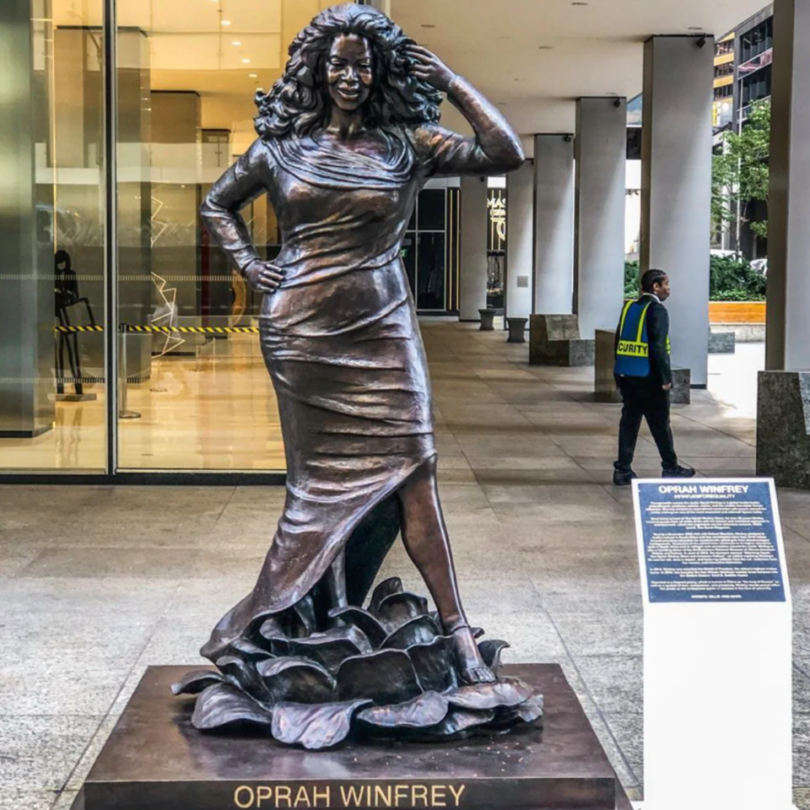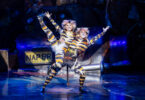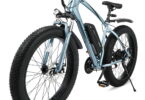Racehorses outnumber women in public statues. These artists want to set things right.
Aussies have a lot to be proud of. We’ve done some pretty impressive things, excelled in sports, bravely adventured, and taken innovation to a new level. We celebrate many of these proud moments through public art, immortalising these moments and sharing them with the world.
But there is a dark secret hidden behind those bronze smiles; there are more statues of racehorses than women in Australia.
The issue of gender equality in public statues is one that has slowly been coming to light in the last couple of years. Globally, this is a significant problem. In nearly every country, women only make up 2-4% of public statues.
It’s not just Australia where animals have outdone women in terms of representation. In the UK, goats have outdone them. This isn’t because men, goats, and horses have had a more significant impact on local communities than women. It’s a simple case of women being overlooked.

The issue is worse when it comes to celebrating sporting heroes. The US has more than 300 baseball statues, yet only two are of female players. There are 240 statues of sportspeople in the UK, but only three are of female athletes. Australia is the saddest case, where even the horses have better representation.
And when it comes to diversity, the stats aren’t great either. Wherever you are, colonial white men are the overwhelming faces. While Australia has a few statues of indigenous heroes, they are hidden away, not in the prominent places you would find Macquarie or Cook.
This problem is one that Australian artists, Gillie and Marc Schattner, are working to solve.
With their new project Statues For Legends, they aim to line the streets with inspiring stories of local legends worldwide.
“We have already been so lucky to have created sculptures of some truly incredible people around the world, from Nova Peris to Oprah! We can’t wait to do more,” Marc shared.
Representation matters. While it may seem an insignificant issue, public sculptures are powerful vessels of change. Currently, the successes of men are normalised. By bringing the stories of impactful people and events from all kinds of backgrounds to the streets, we normalise their success too.
“It’s so important that boys and girls can look up into the faces of a diverse range of people, not just white men. They need to see people who look like them, as well as others who look completely different. Only then can we have a more tolerant and supportive society,”explains Gillie.
While Statues For Legends is looking to balance the gender gap of public statues, they are not solely focussed on this goal. The aim is to bring to life the stories of local communities, shining spotlights on mythical tales, indigenous heroes, and courageous humans, male andfemale.
“As public artists, we believe in the power of art and its ability to open people’s hearts and minds. Whether it’s there to teach us something, inspire us, or just make us smile, public art has the ability to affect real change, which we have seen happen time and time again,” Gillie explains.
Gillie and Marc are currently looking for nominations for the Statues For Legends project.
The public can put forward the name of a person, animal, or even a legend to be immortalised in bronze and erected in their community.
They are also offering to co-fund the expensive statues, helping smaller communities see their local legends immortalised in a way they may have never been able to afford.
Nominate your legend and apply for a grant on their website today:
https://statuesforlegends.com







